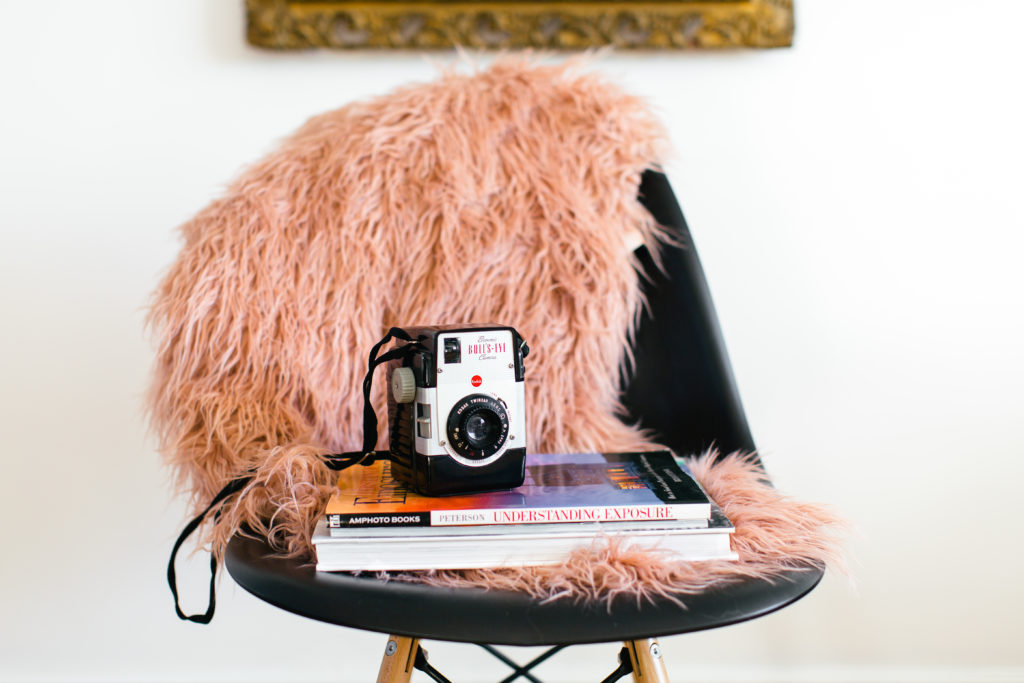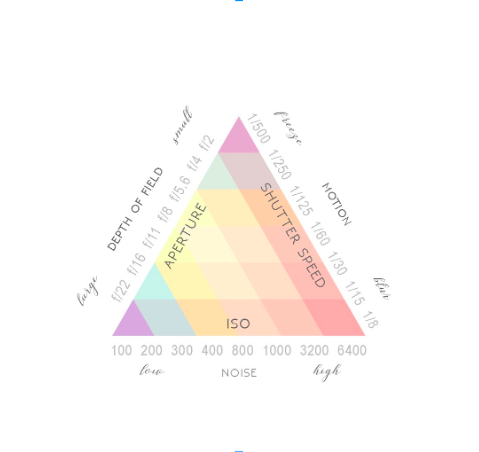There are all kinds of triangles. Love triangles. The Bermuda Triangle. Plain old high school geometry. Why do triangles seem so difficult, if not downright dangerous?
If you want to master your fancy camera – and I know you do – there’s one more tricky triangle you’ve gotta master. Allow me to introduce the exposure triangle.
Stay with me.

Exposure triangle is the magical threesome that’s going to make all your manual photography fantasies come true. That’s going to take you off automatic. Make the exposure triangle your new BFF and you’ll have the skills to document your life – and that of your clients, yes, you heard me, clients! – with creativity and confidence.
You see, it’s not actually the device that makes a great image, it’s almost entirely the USER, i.e. you and me. As long as I didn’t know what any of the buttons meant and how to change the settings to get the look I wanted, my images fell flat. After a few tries, I threw my fancy camera on the shelf where it collected dust for a couple years.
I do not want this to be your photography story!
So, exposure triangle.
There are three elements: shutter speed, aperture and ISO

I’m gonna break it down real simple here, plus I’ve got a handy cheat-sheet to take you further. Remember, if you’re just starting, this is all going to feel a little confusing, but practice will bring it all into focus, if you’ll pardon the pun.
1. Shutter Speed
Let’s start with shutter speed. This is simply the length of time your camera’s sensor is exposed to light. A quicker trigger means less light, and vice versa. I think of it like the blinking eye of my camera.
2. Aperture
Next, there’s aperture. Also called “f number,” or “f stop,” and this baby is all about depth of field. In other words, how wide open your lens is when letting light into the camera. Aperture affects how much of your photo is in focus and how much is blurred as well as how much light gets in. I think of this one like the pupil in the eye of my camera.
3. ISO
And, finally, ISO. This acronym stands for International Standards Organization, which definitely sounds more like a United Nations entity rather than a camera thing. It simply means all camera brands use a standardized measure of light sensitivity. That’s it. The lower the number the lower the sensitivity, the higher the number the more sensitive it is. I think of this one as many tiny workerbees who are fetching light for you. The higher the number, the more bees, the more light.
That’s exposure triangle, in a nutshell. Check out my cheat-sheet to go deeper. And if you’re ready to really take the plunge, c’mon over and join me in my course. At $97 CAD it’s a steal of a deal to get you using that fancy camera to its full potential.

